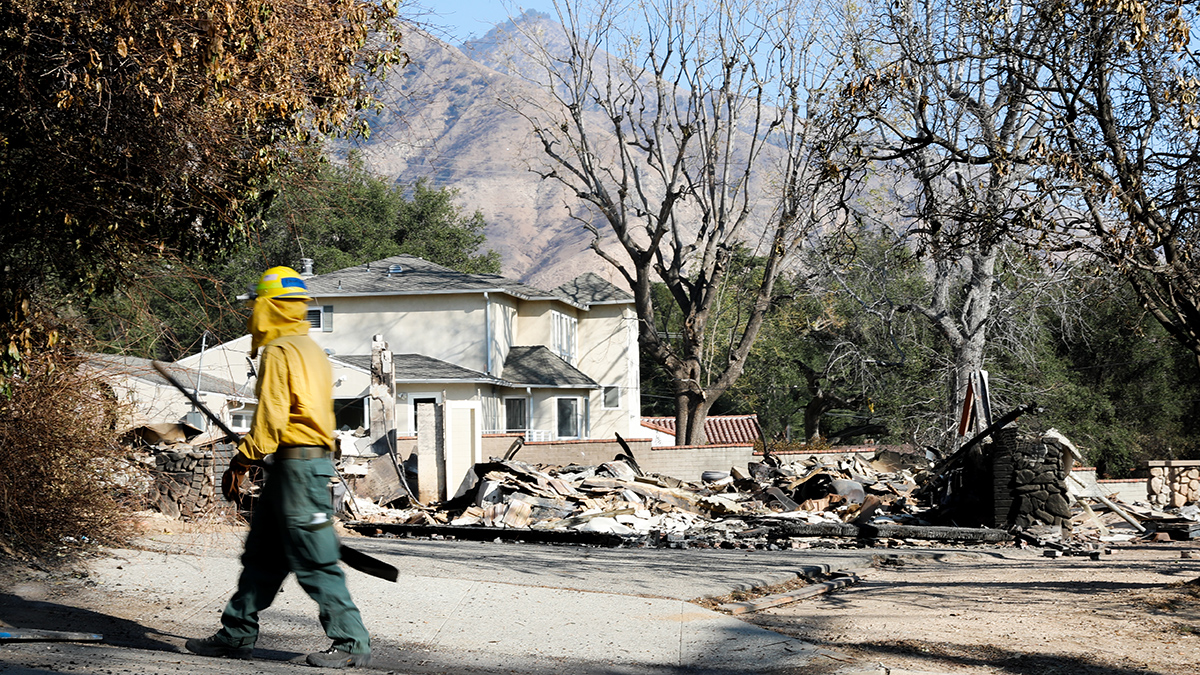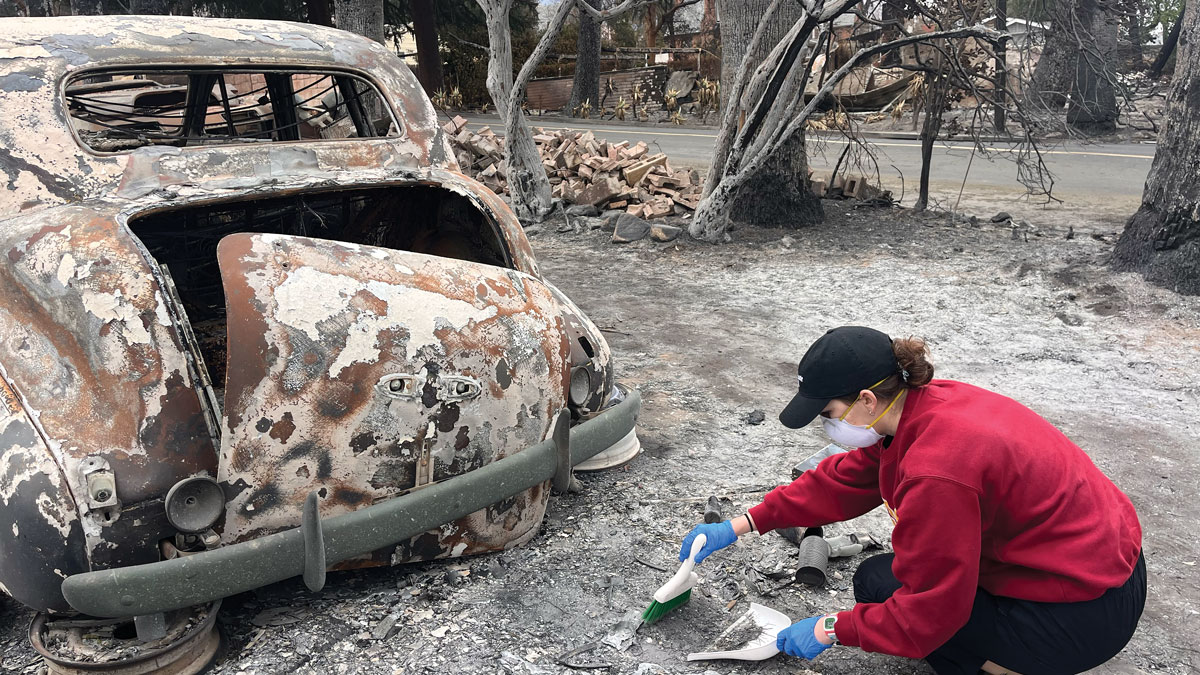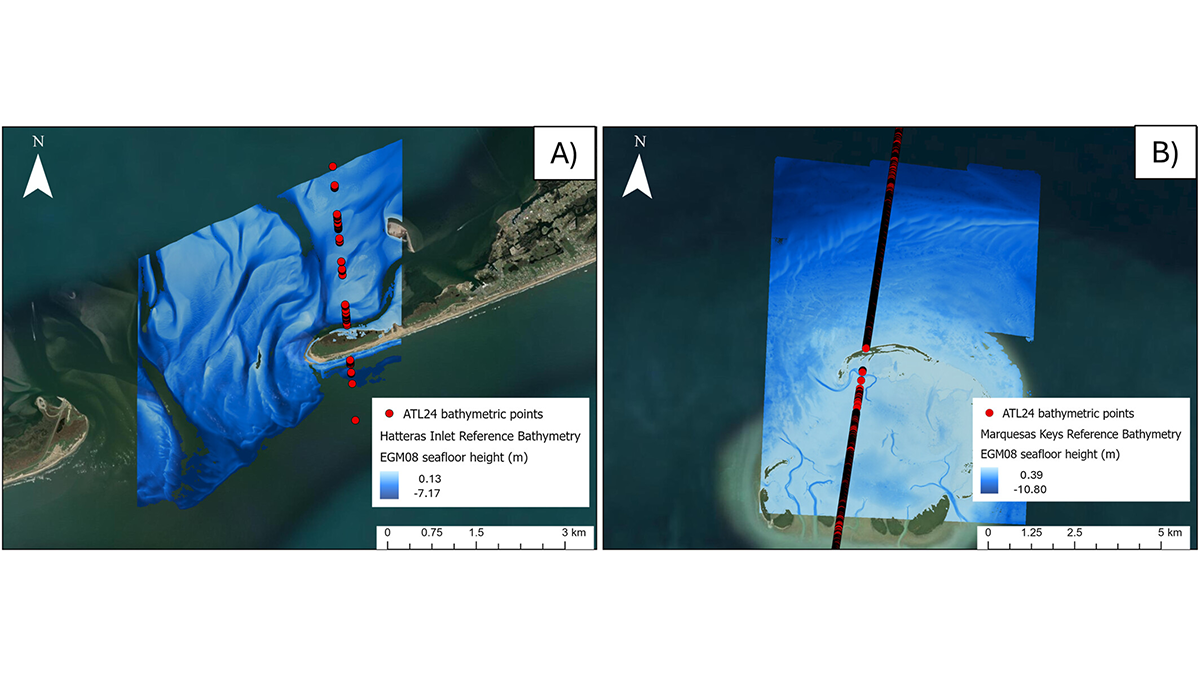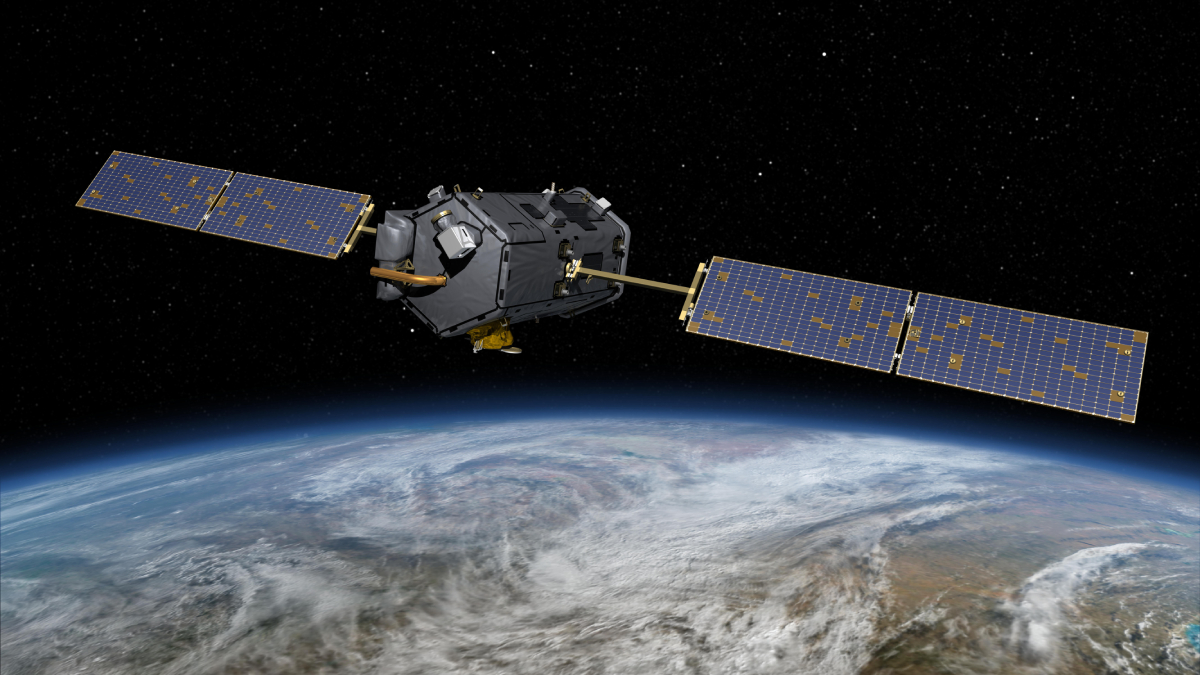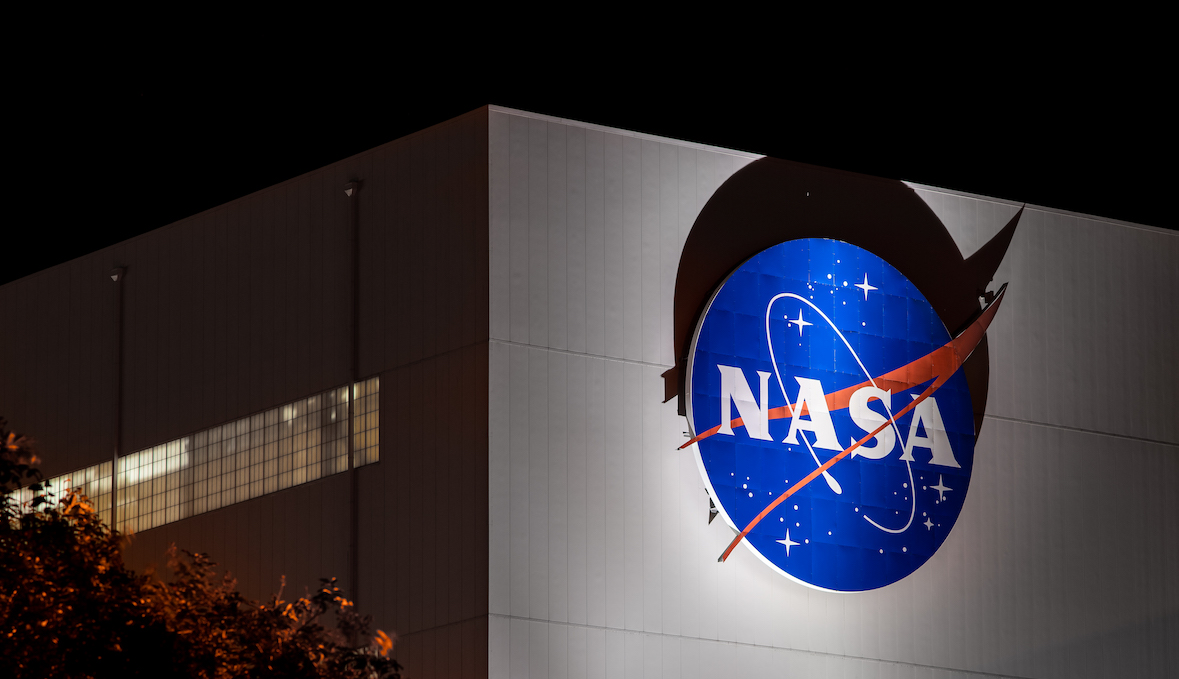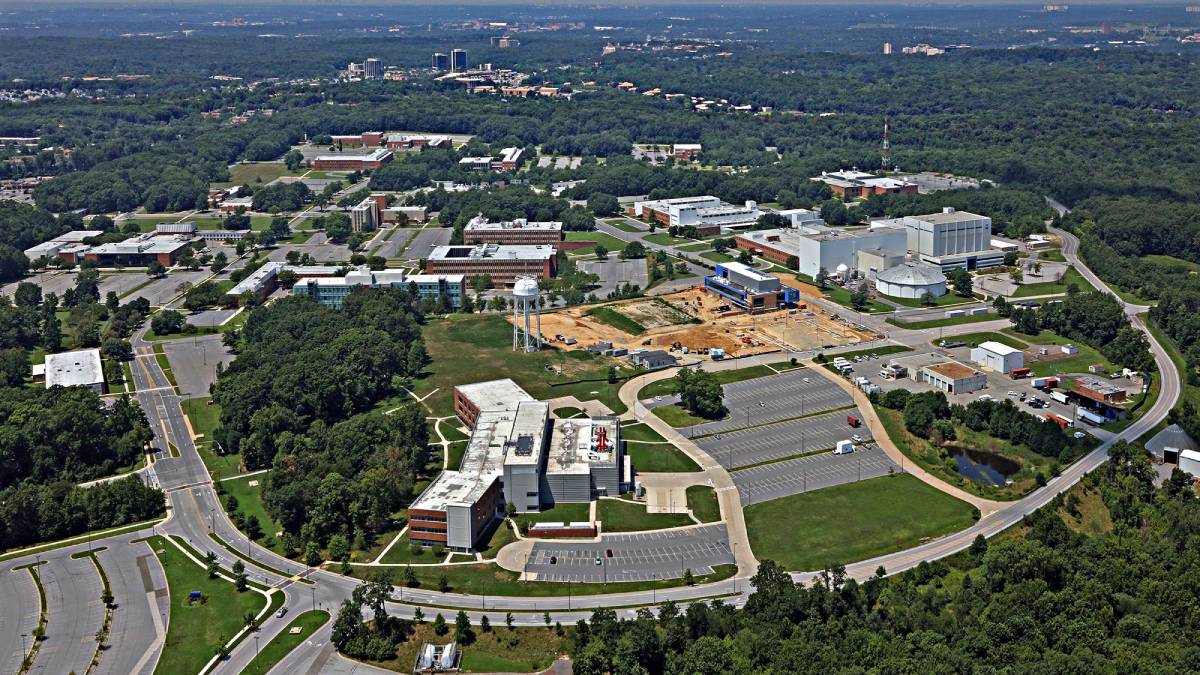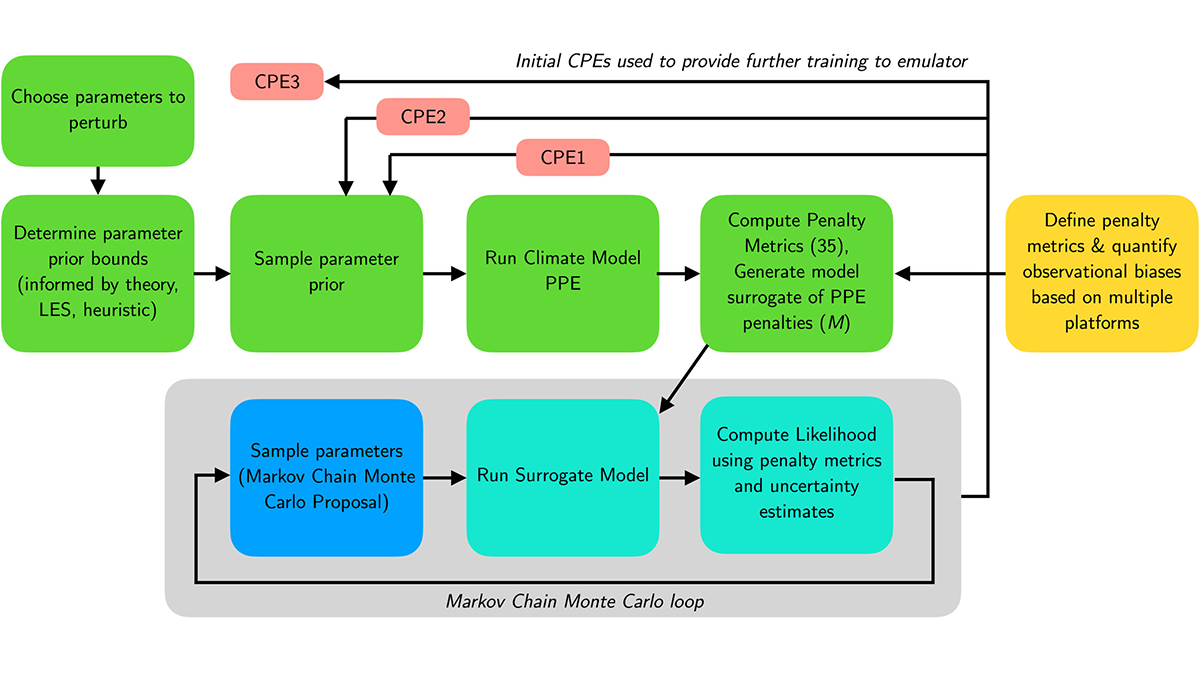A sample collected in July 2024 by NASA’s Perseverance Mars rover may be “the closest we’ve actually come to discovering ancient life on Mars,” according to Nicky Fox, the science head of NASA.
NASA
When Disaster Science Strikes Close to Home
How have scientists across Los Angeles used their skills to help their communities recover from the 2025 fires?
Burning Urban and Wild Land Alike
When more densely populated Altadena and Pacific Palisades burned along with surrounding wildlands, hazards for residents didn’t stop when the fires were contained.
NASA Mission Creates a New Global Coastal Bathymetry Product
NASA’s Ice, Cloud, and land Elevation Satellite 2 (ICESat-2) mission recently released a new shallow water bathymetry product, which has already delivered data for 13.7 million kilometers of coastal waters.
NASA Planning for Unauthorized Shutdown of Carbon Monitoring Satellites
Despite warnings that their actions are illegal, Duffy and other senior NASA officials have continued to secretly direct NASA employees to draw up plans to end at least two major satellites missions specifically designed to monitor global carbon dioxide.
NASA Employees Speak Against Cuts in Open Letter
Nearly 300 current and former NASA employees have signed an open letter expressing concern that budget cuts to the agency will jeopardize safety, basic research, national security, and the nation’s economic health.
2,145 Senior-Level Staff to Leave NASA
At least 2,145 high-level NASA employees are set to leave as the agency faces high pressure from the Trump administration to reduce its staff.
Trump Withdraws Nomination for NASA Administrator
In a move that worried politicians and space scientists alike, President Trump announced on 31 May that he will withdraw his nomination of Jared Isaacman for the position of NASA administration.
New U.S. Budget Proposal Slashes Billions in Funds for Science
President Trump’s proposed 2026 budget, released today, slashes non-defense discretionary spending by $163 billion, a 22.6% reduction from 2025.
Calibrating Climate Models with Machine Learning
Using machine learning, researchers automatically calibrate a comprehensive climate model, improving simulations of difficult features and taking steps toward more reliable climate projections.


